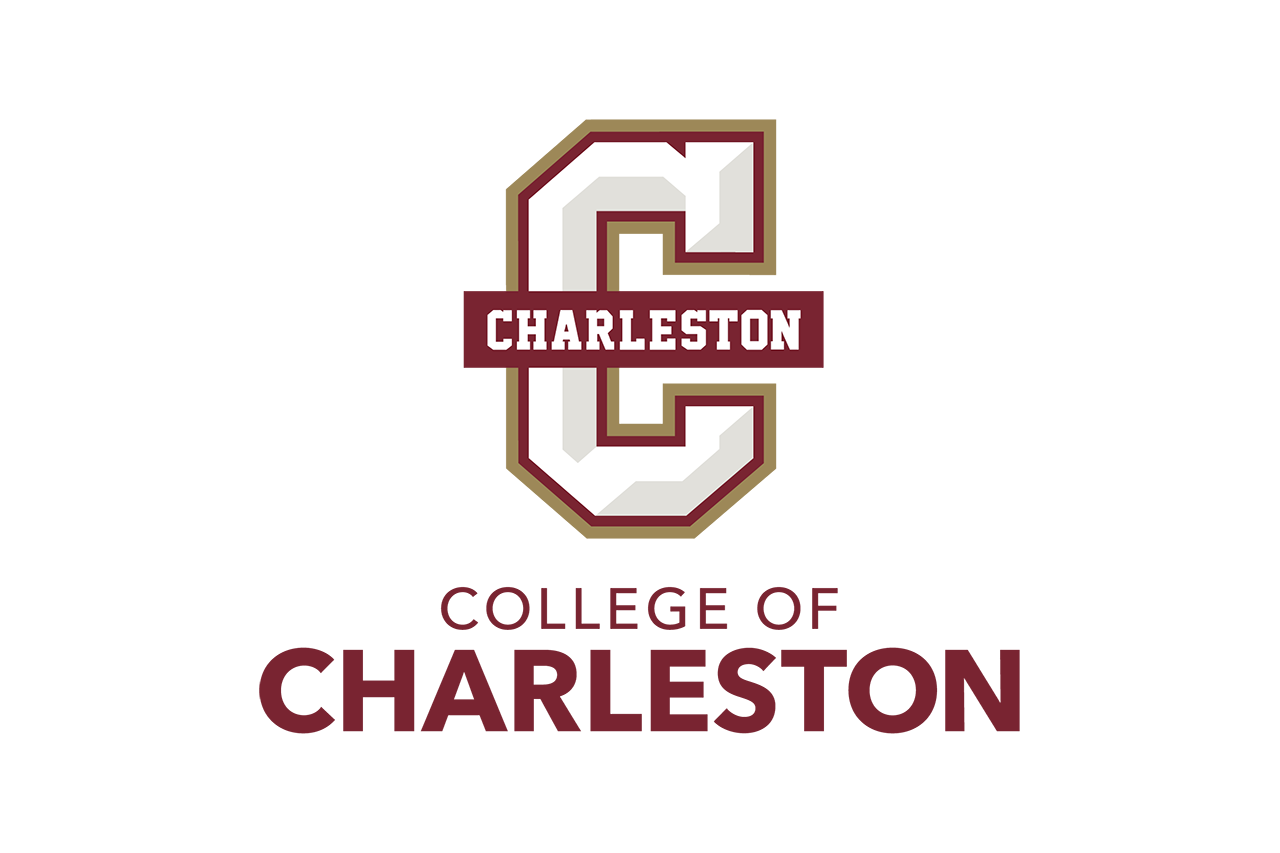CofC Podcast: Supply Chain Crunch Decoded
On this episode we talk to professor Purushottam Meena about supply chain disruption risk management.
If you’ve been to just about any store recently, you’ve no doubt noticed that some items lacking from store shelves. In grocery stores across the country, Gatorade was in short supply for a while. At athletic apparel stores, certain brands of shoes have been hard to come by. And at hardware stores, many items are simply not available or on back order. What’s going on?
According to statistics from Accenture, the consulting and IT services firm, 94% of Fortune 1,000 companies have experienced supply chain disruptions due to COVID-19. That’s a lot. But what’s causing the bottleneck of supplies, food and merchandise getting to the stores?
Supply chain disruption risk management is precisely what College of Charleston professor Purushottam Meena studies. He teaches in the Department of Supply Chain and Information Management in the School of Business and consults in this field as well. The College Today sat down with Meena to better understand what’s been happening – and why – and how things might get better.
What’s at the root of the supply chain disruptions we’re seeing this year?
Obviously, the COVID-19 pandemic has caused a big disruption, and many overlapping factors are at play. You have to start with the fact that most of the supply chain these days is global, meaning that manufacturers and makers source components and materials from all over the world. An Apple iPhone, for instance, is made up of parts that come from places in Africa, Asia and elsewhere. Similarly, a car requires around 30,00 parts ranging from semiconductors to steel to plastic and rubber. These parts need to be shipped from different countries to an assembly plant. When a country or region shuts down and closes its borders because of the pandemic, the components sourced there become difficult to obtain. Also, it’s likely that this country or region’s workforce is diminished as well, and that also impacts exports. Of course, supply chains are increasingly complex yet interdependent. A minor disturbance at any stage of the supply chain will have ramifications for the whole supply chain worldwide. In part, that’s what we’ve seen in recent months.
Aside from the pandemic, what other factors are at play in the current supply chain crisis?
There are always stressors in the supply chain world. In my research, I’ve discovered that supply chain disruptions have become more frequent over the past 15 years. They’re not always on the scale that we’re seeing now, but they are occurring more frequently. In addition to the pandemic, several other factors are involved. They include:
Out-of-whack inventory-to-sales ratios (ITSR): These ratios measure how many days a company can fulfill customers’ demand from the existing inventory. For example, giant clothing companies like Gap Inc., Victoria’s Secret & Co., Abercrombie & Fitch Co., etc., are facing a significant drop in their inventories due to product delays and lack of supplies. Gap Inc. estimated a loss of approximately $550-$650 million in sales due to supply shortages.
Bottlenecks in the supply chain network: Covid created bottlenecks in the containers market at seaports, in air cargo, trucking lines and railways. Over the past summer and fall, these bottlenecks created historic delays and shortages of different types of products in U.S. markets.
Labor shortages: Another factor weakening supply chains as customer demands surge is labor shortages. We witnessed an unprecedented number of individuals quitting their jobs in the U.S. this past summer. With this ongoing labor crisis, moving products to consumers’ doors becomes a daunting task for companies, especially during the upcoming holiday season.
Shortage of drivers to move cargo: According to the American Trucking Association, before the pandemic, there was a shortage of approximately 60,00 drivers in the U.S. The pandemic exacerbated that situation. Even after transport firms offered attractive incentives, there is still a shortage of 80,000 drivers. This leaves the entire supply chain system even more fragile.
Across the country, we’ve been seeing backlogs at major ports. Can you explain the dynamics of what’s happening in these port cities regarding supply chain disruption?
As the economy began to reopen post-pandemic, demand for goods and products surged and that meant more and more cargo ships arriving at U.S. ports. Almost 40% of goods imported into the U.S. come through two West Coast ports — Long Beach and Los Angeles. That sudden shipping surge created a record backlog at major ports around the U.S. and a historic number of containers are still waiting to be unloaded in Log Angeles alone. In late October, President Joe Biden announced that the Port of Los Angeles would operate 24/7 to ease that bottleneck. Despite this remedy, there is still high congestion of containers because although ships have continued to arrive, there’s a shortage of truck drivers needed to move the containers.
Exacerbating the situation is the fact that many transport companies don’t allow their drivers to work at night or on weekends, so that makes this a protracted problem. And, apart from the high number of containers waiting to be unloaded at nearly every port, the number of empty containers waiting to be exported back to China and elsewhere has gone up by 47%. All of this has increased the price of container shipments.
Luckily, the situation at Charleston’s port is not as severe. According to the South Carolina Ports Authority, Charleston’s port terminals have witnessed a 19% increase in average container volume (60,000) compared to the previous year (40,000). And containers here, which are usually moved off site in four days, are now taking eight days to reach that status.
Your specialty is supply chain disruption risk management. Given that, how might company leaders have prevented this supply chain crisis from happening, or at least minimized the impact?
It’s imperative that companies plan for disruption. The first solution is to diversify your supply chain. We remember the shortage of PPE (masks, gloves, etc.) in the healthcare industry in the U.S. last year, right? It’s important to ask why that happened. It happened because that equipment was not sourced locally. Hospitals and clinics were getting their PPE from other countries. This is why it’s very important for companies to analyze their supply chains beyond just cost-cutting opportunities. In a global environment, it’s very difficult to predict what is going to happen to one aspect of a supply chain. There are always geopolitical factors and occasionally major disasters, such as earthquakes or hurricanes, that can disrupt your supply chain. If you’ve planned for disruption then your company will have other suppliers at the ready.
Does this crisis offer opportunities or lessons for students who are interested in supply chain management?
Both, I think. The pandemic has exposed the traditional cost-cutting and lean philosophy approaches that are being practiced in modern supply chains. Students trained in the latest technologies like artificial intelligence, blockchain and data analytics will have a key advantage in this field because there will be increasing demand for employees with such skillsets.
What advice do you have for consumers who are concerned about holiday purchases and product availability?
Given the record delays, bottlenecks and low inventories across supply chains, I would advise consumers to do their shopping as soon as possible. I would recommend that consumers purchase holiday items such as Christmas trees (which occupy more space in the warehouse/storage) well in advance as it will help companies plan and restock high-demand items sooner.



